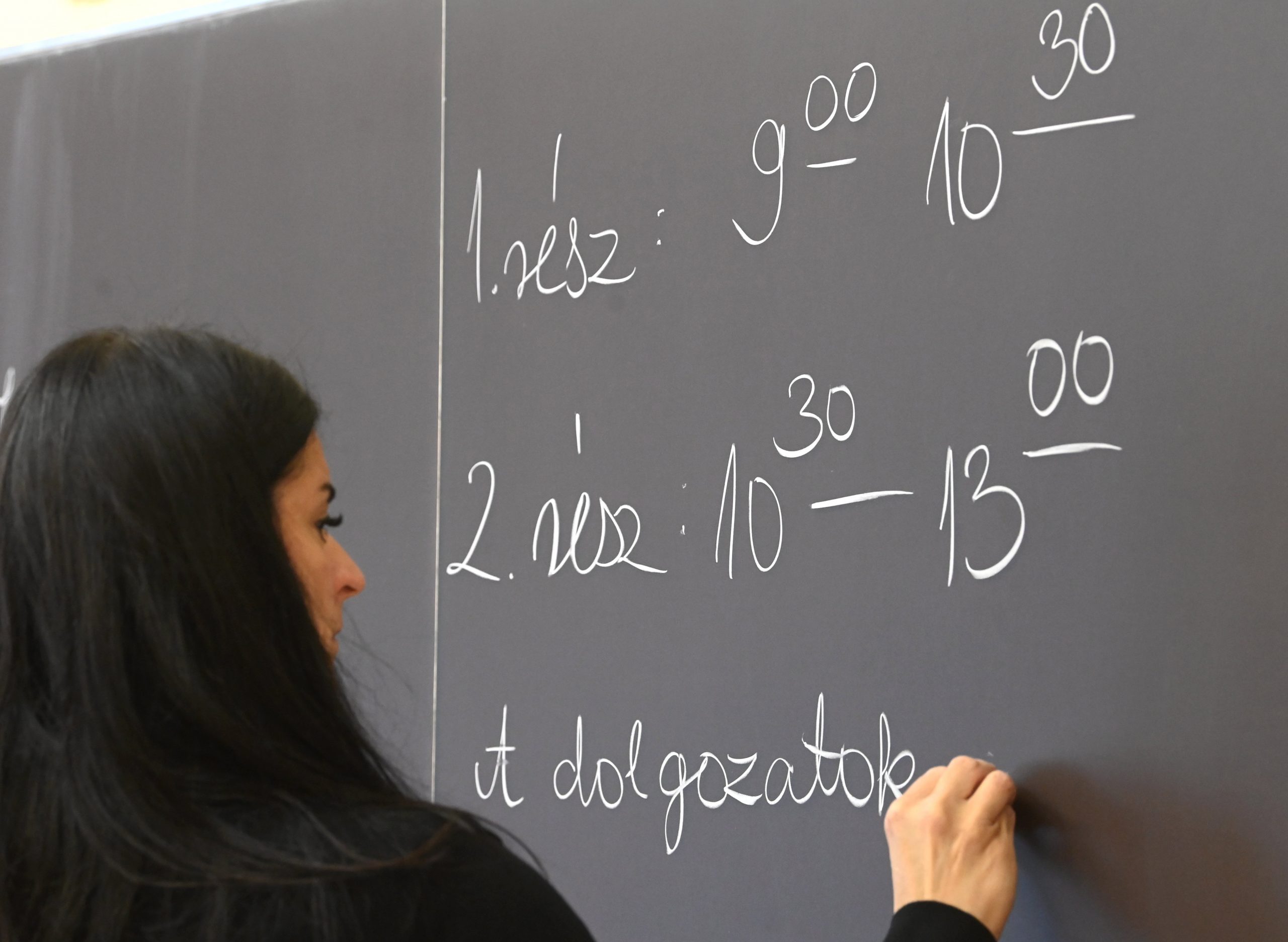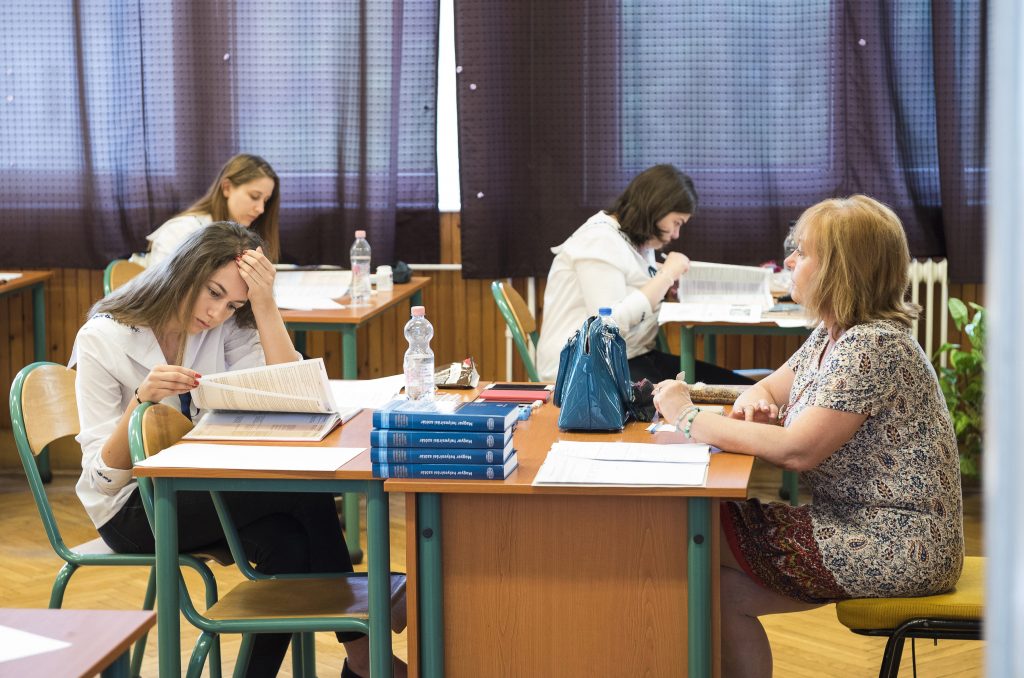
In elementary schools with high numbers of disadvantaged students, 25 percent of foreign language teachers, 23 percent of math teachers, and 20 percent of science teachers do not have degrees in their fields of education.Continue reading

Péter Horváth, the president of the National Teachers’ Chamber (NPK) will meet Interior Minister Sándor Pintér, who is also responsible for education, on Monday to discuss the problems of public education.
The shortage of teachers requires an urgent solution, said Péter Horváth, head of the National Teachers’ Chamber, in an interview with Hungarian regional news site Kisalföld.
For years, he said, many more colleagues have been retiring or leaving the profession than the number of newly graduated teachers who start working with students. The gap between the number of new teachers and the number of those leaving the profession is so wide that there is no chance of reversing this trend in the near future.
With education now under the responsibility of the Ministry of the Interior in the fifth Orbán government, the president of the National Teachers’ Chamber has requested a meeting with Sándor Pintér. A reply to his letter has been sent and the parties will sit down for an introductory meeting on Monday.
Perhaps the most pressing issue is wages, Péter Horváth emphasised in the interview. He stressed:
teachers’ salaries have fallen to about fifty-five percent of the average salary for university graduates.
“Despite all the external circumstances, I am confident that we will make progress in this respect in the near future,” he said.
He said that teachers’ salaries should not be based on the 2014 minimum wage, but on the current minimum wage, in line with previous legislation. This would make the situation of teachers more predictable, and the wages of those starting their careers would rise to a monthly gross of 400,000 forints.
Principals should also be able to recognize the work of colleagues who often take on a lot more work than most of the teachers, he added.
The shortage of teachers is an increasingly prevalent problem in Hungary, which has a number of causes. Particularly notable is the number of retirees paired with the lack of new teachers, an issue directly attributable to the extremely low starting wages of teachers. For their first few years, teachers who are new in the field need to settle for between 195 thousand (EUR 507) and 300 thousand (EUR 780) forint wages a month (before taxes and dependent in that range on their level of education).
In 2022, the guaranteed wage of a second level (Pedagógus II – minimum six years of experience) teacher with a master’s degree and nine to eleven years of experience is 304,500 forints (EUR 792) a month before taxes.
The situation in the sector is so bleak that in 2019 the salaries of entry-level teachers with bachelor’s degrees (BA/BS) had to be supplemented after the monthly minimum wage for skilled workers exceeded their payment. (Under current legislation in Hungary it is forbidden for someone with an academic degree to have a lower salary than the guaranteed minimum wage of skilled workers). Following the minimum wage increase in 2020, the salaries of entrant teachers with a master’s degree (MA/MS) had to be adjusted as well.
In the meantime, the government announced a ten percent wage increase for teachers this year, another ten percent next year, and another ten percent the year after. That just about allows them to keep up with inflation, projected to average about 9-10 percent this year, along with rising consumer prices.
Featured photo illustration by Attila Balázs/MTI